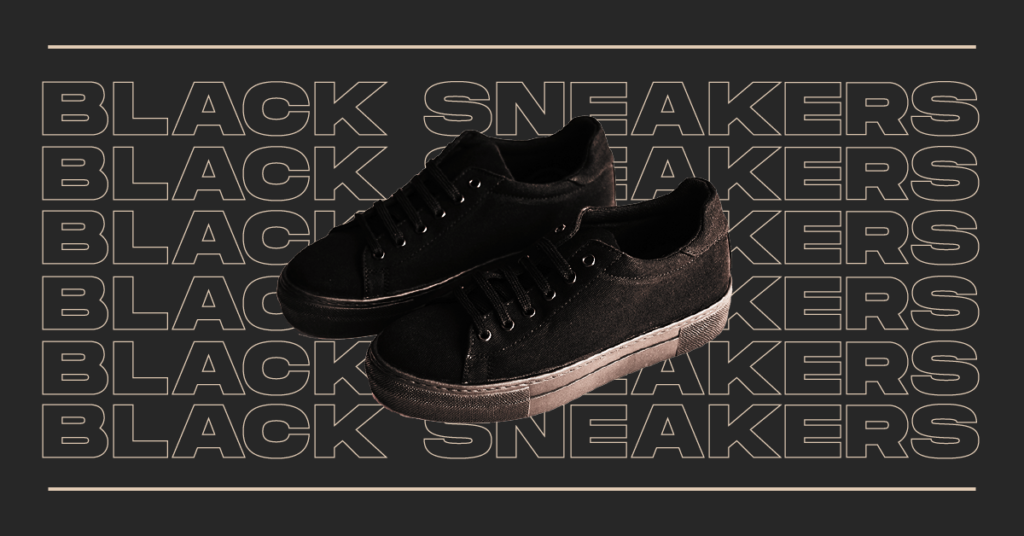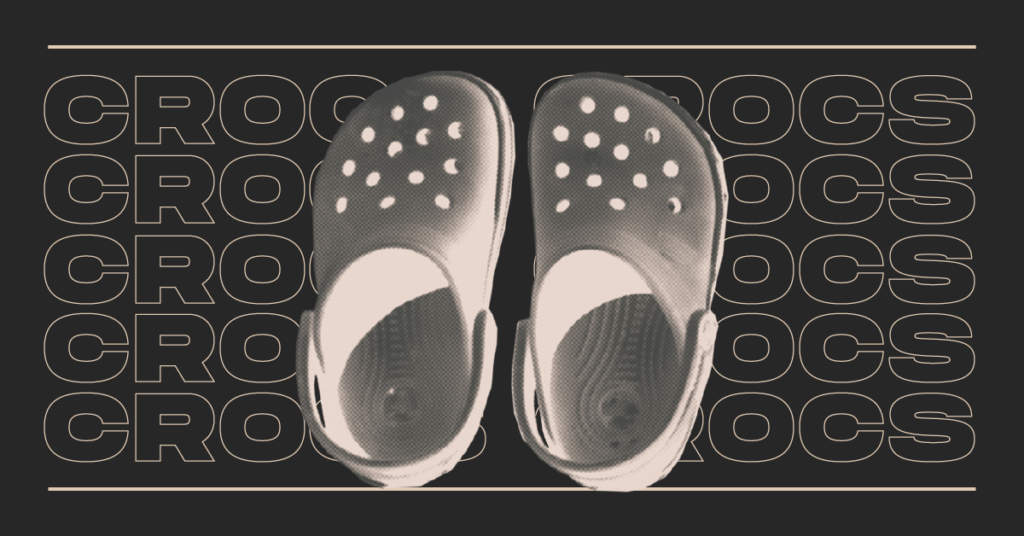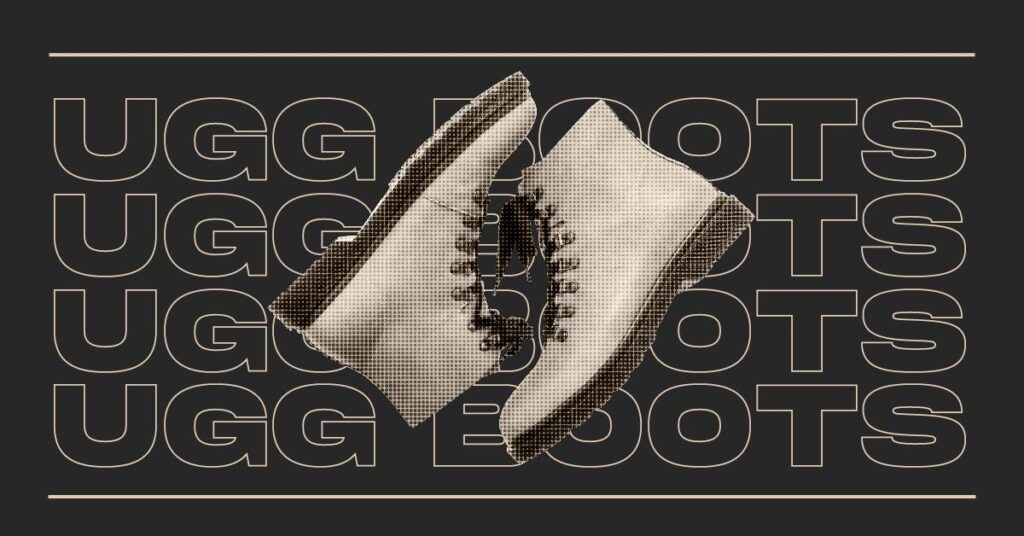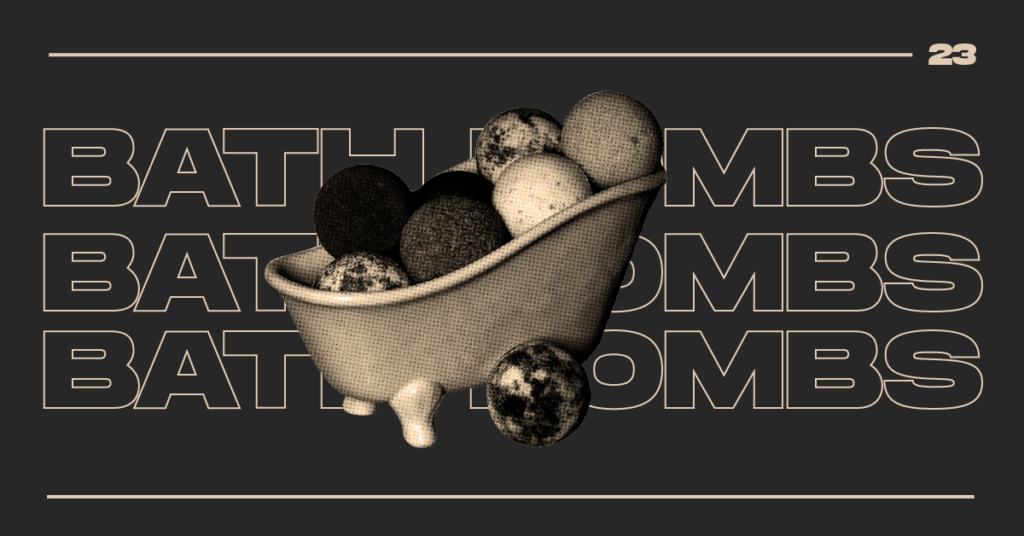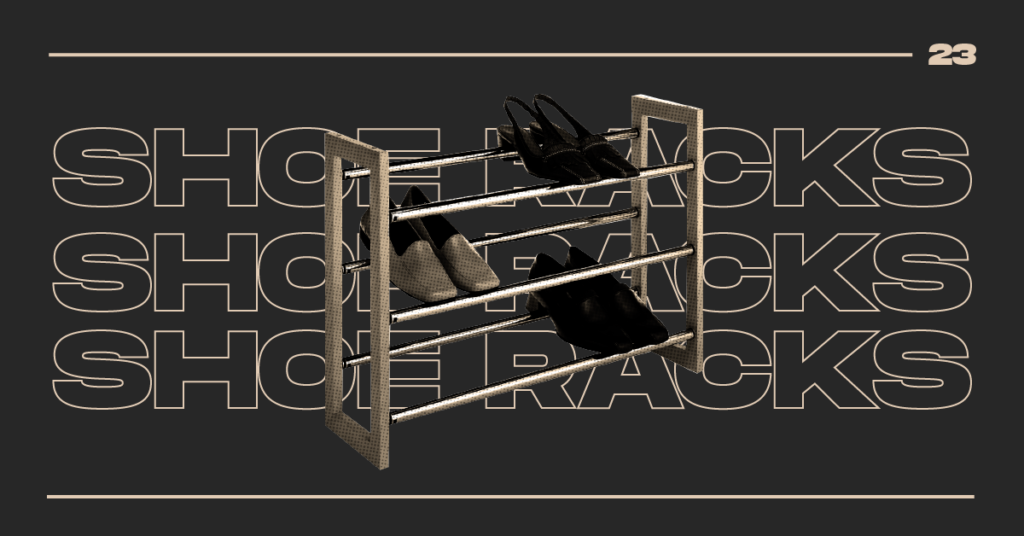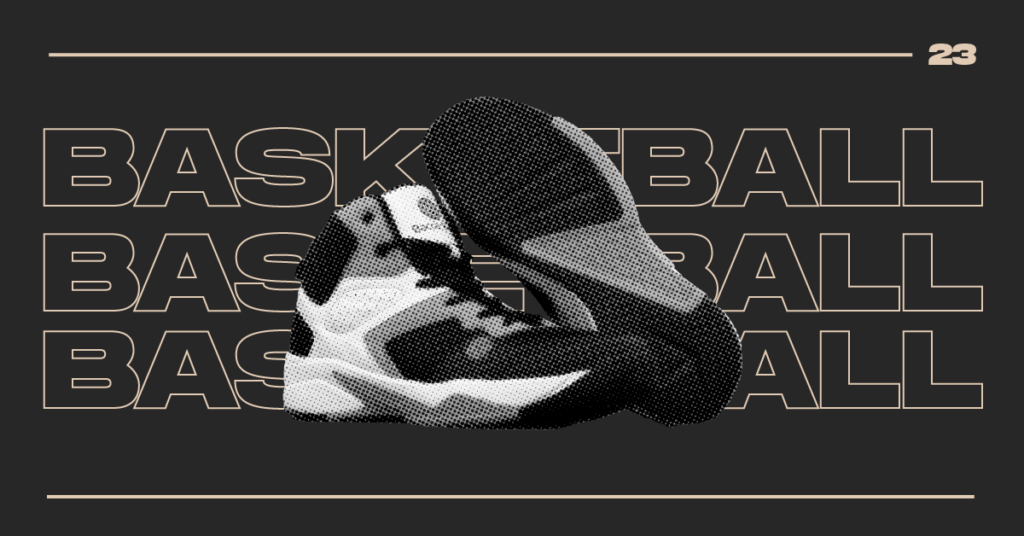When one thinks of high-back leather recliners, smoking jackets, and cigars, brandy is possibly the ultimate beverage that comes to mind. One of the best after-dinner drinks, it’s decadent and opulent, rivaled only by whisky in terms of its capacity to be sipped neat, and it’s loaded with sweet flavors that make each snifter seem like a real pleasure.
Brandy is still seen as somewhat of a relic in the world of drinking despite all of this. While there are many young people who enjoy drinking gin, whiskey, and even rum, brandy has not seen the same level of millennial interest. This is partly because brandy is still viewed as a beverage best reserved for your grandmother, but it is also due, aside from cognac, to brandy’s lackluster marketing to young people.
Table of Contents
ToggleHine

Six generations have seen the House of Hine produce excellent cognac. You must keep in mind two specific dates that are important to Hine: 1763 and 1817. The distillery was built along the banks of the Charente River in the first instance. Thomas Hine gave the distillery’s name due respect later on.
Ugni Blanc grapevines, which are utilized in the blending process for Hine’s eau-de-vie, may be found in the sleepy village of Bonneuil. A component with subtle flavors is produced by 70 hectares of vines. Since they don’t dilute their cognac, Hine has always been about highlighting the distinctive woody tones. With the barrels they utilize, they can produce the distinctive wood sounds that are their trademark. These have a fine-grained wood construction. The distillery has a tradition of toasting the barrels in order to make cognacs of the highest caliber. That is why Hine has been given a royal warrant since 1962 by Queen Elizabeth II.
Camus

Among the most well-known Cognac brands is Camus, a family-owned business. Five generations have carried on it since Jean Baptiste Camus created it! Their distinctive mix principally consists of the grape varieties Ugni Blanc, Folle Blanche, and Colombard. Frenchman Jean-Baptiste had the will and business sense to succeed in anything he set his mind to. He brought together other cognac manufacturers to form the cooperative that would later become famed for its high-end cognac labels and go by the name Camus La Grande Marque.
Bache-Gabrielsen American Oak Cognac

The best approach to connect Europe and the United States is with Bache-Gabrielsen American Oak Cognac. A Ugni Blanc-based eau-de-vie is aged in conventional Limousin oak barrels for the first six months before being completed in Tennessee whiskey barrels. The outcome is a Cognac that is unexpectedly oaky and has flavors of buttery caramel, fudge, vanilla, and mild fruit. It’s a fantastic entry point for American whiskey drinkers into the realm of cognac.
Copper & Kings Butchertown Brandy

The neighborhood in Louisville where the distillery is situated gives Copper & Kings Butchertown Brandy its moniker. A mix of reserve casks that the distiller personally chose resulted in this 240-proof, powerful brandy. This small-batch brandy is distilled in copper pot stills and aged in American oak casks, 25% of which are new and 75% of which are previously used to age bourbon. It is not chilled and has flavors of caramel, vanilla, ripe berries, and mild peppery spice. It is a strong brandy with high proof that should be savored gently on a calm night.
Singani 63

The white Muscat of Alexandria used to make Singani, Bolivia’s national distilled liquor grown in the country’s high valleys. Since it can only be grown there, it is regarded as a crucial part of Bolivian heritage identity and has been a part of their culture for centuries. The entire Singani 63 is made up of three large producers, numerous middle producers, and innumerable minor companies.
To meet the needs of the nation, Singani depends on the three manufacturers. Small businesses supply a variety of local markets, while medium suppliers are in charge of an area. Singani won a gold award at the International Craft Spirit Awards in the past because of its exceptional qualities, which astounded the judges. A Double Plutonium Award was given to Singani 63 at the 2017 Trans-Galactic Spirit Encounter, where it also distinguished itself.
Pierre Ferrand 1840 Cognac

Pierre Ferrand offers a wide range of excellent cognac options. The drink, however, is our favorite. The Pierre Ferrand 1840 cognac was developed to pay respect to the cognacs used for cocktails in the 1800s and is bottled at a higher proof than modern VS cognacs. The toasted vanilla bean, butterscotch, fruit esters, cinnamon, and nutmeg tastes of this rich, sophisticated cognac stand out. Although it excels when used as the base for your preferred cocktail, it is balanced and tasty enough to be drunk neat.
Asbach

When Hugo Asbach established his business in Rüdesheim am Rhein back in 1892, he did so with meticulous attention to detail, expert understanding of their profession, and unwavering dedication. It has taken decades to perfect the intricate process of distilling Asbach’s wines. There are two stages to their conventional production method, and each one requires time and labor.
With a 40% alcohol concentration, the first generates raw spirit. This is further distilled until it takes on the final appearance of a superb wine spirit. The lengthy aging procedure behind Asbach brandies contributes to their superior quality. Because Limousin oak wood has big pores that enable air to pass through, they utilize small oak casks produced from this wood to allow the brandies to breathe.
St-Rémy

St.-Rémy brandy is meticulously made by following a long history of traditions. The first location was established in 1886 close to Nantes by Paul-Emile Rémy Martin II. The well-known Rémy Martin is an ancestor of Paul-Emile. At the moment, the French distilled-drinks company Rémy Cointreau is the proprietor of St-Rémy. The ability of St-Rémy to produce premium brandies at reasonable rates is one of the things that makes the city well-liked and well-known.
With Folle Blanche serving as their signature crop, St-historic Rémy’s winemaking foundation is based on a widely varied array of grape varietals. Today, there are numerous sources for their grapes from French wine areas including the Languedoc-Roussillon and Beaujolais.
